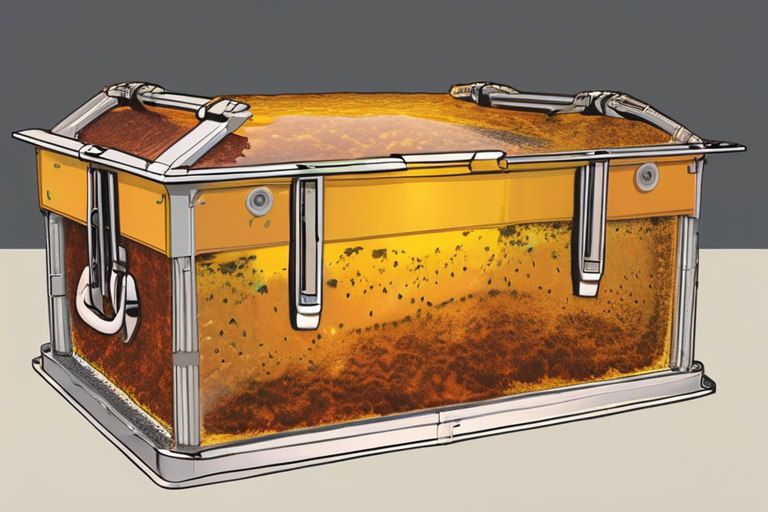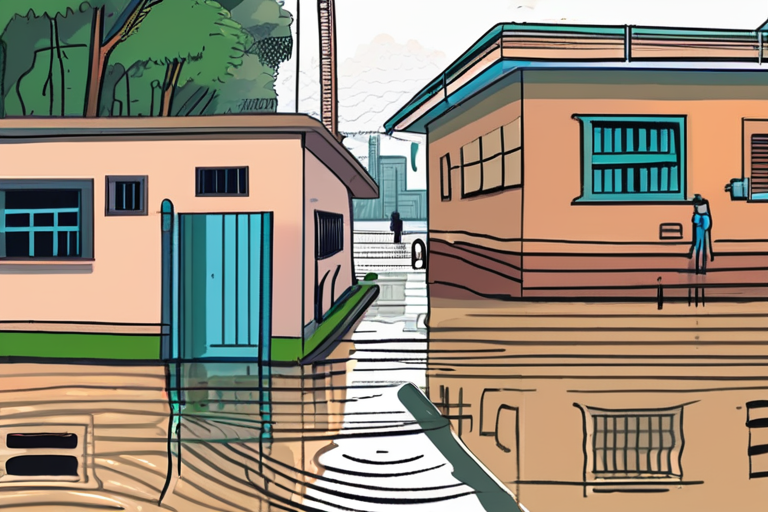Scientists Unearth 112-Million-Year-Old Time Capsule Filled with Ancient Insects
Ecuadorian quarry yields first South American amber deposits containing preserved insects, offering a rare glimpse into life on the ancient supercontinent Gondwana.
A team of researchers has made a groundbreaking discovery in an Ecuadorian quarry, unearthing 112-million-year-old amber deposits that contain a diverse range of insect species and plant material. The find, published in Communications Earth Environment, provides a unique window into the ecosystem of the ancient supercontinent Gondwana, which once comprised modern-day South America, Africa, Australia, Antarctica, and India.
"We were thrilled to discover these incredible fossils," said Dr. Mónica Solórzano-Kraemer, lead author of the study. "The amber has preserved a humid, resin-rich forest teeming with life, giving us a glimpse into what life was like on Gondwana during this time period."
The Hollín Formation, where the discovery was made, is a geological formation known for its rich deposits of fossilized tree resin, or amber. The team's findings suggest that the area was once home to a lush forest, with plants and insects thriving in a humid environment.
"This discovery has significant implications for our understanding of the evolution of life on Earth," said Dr. Solórzano-Kraemer. "The preserved insects and plant material provide a unique snapshot of what life was like on Gondwana during this time period."
The find also highlights the importance of preserving natural habitats and ecosystems, particularly in regions with rich geological history.
"The discovery of these amber deposits is not only significant for scientists but also for the local community," said Dr. Carlos Zambrano, a geologist at the Ecuadorian Ministry of Energy and Non-Renewable Natural Resources. "It's a reminder of the importance of preserving our natural heritage and protecting these unique ecosystems."
The study's findings have sparked interest among paleontologists and ecologists worldwide, who are eager to learn more about the ancient ecosystem that once thrived on Gondwana.
"This discovery opens new doors for exploring a long-overlooked prehistoric ecosystem," said Dr. Solórzano-Kraemer. "We look forward to continuing our research and uncovering more secrets of the past."
The team's next steps will involve further analysis of the amber deposits, with a focus on extracting DNA from the preserved insects.
"We're excited about the potential for this discovery to shed new light on the evolution of life on Earth," said Dr. Solórzano-Kraemer. "We hope that our findings will inspire future generations of scientists and conservationists to protect and preserve our natural heritage."
The study, published in Communications Earth Environment, is available online.
Background:
Gondwana was a supercontinent that existed from around 550 million years ago until it began to break apart about 180 million years ago. The continent comprised modern-day South America, Africa, Australia, Antarctica, and India. The discovery of the amber deposits in Ecuador provides a unique glimpse into the ecosystem of this ancient supercontinent.
The Hollín Formation is a geological formation known for its rich deposits of fossilized tree resin, or amber. The area has been subject to intense mining activity over the years, but the recent discovery of the amber deposits containing preserved insects and plant material marks a significant breakthrough in our understanding of the region's geological history.
Additional Perspectives:
The discovery of the 112-million-year-old time capsule filled with ancient insects has sparked interest among local communities, who are eager to learn more about their natural heritage. The find also highlights the importance of preserving natural habitats and ecosystems, particularly in regions with rich geological history.
"The discovery of these amber deposits is a reminder of the importance of protecting our natural heritage," said Dr. Zambrano. "We must continue to work together to preserve these unique ecosystems for future generations."
Current Status:
The team's next steps will involve further analysis of the amber deposits, with a focus on extracting DNA from the preserved insects.
"We're excited about the potential for this discovery to shed new light on the evolution of life on Earth," said Dr. Solórzano-Kraemer. "We hope that our findings will inspire future generations of scientists and conservationists to protect and preserve our natural heritage."
*Reporting by Sciencedaily.*



 Hoppi
Hoppi

 Hoppi
Hoppi

 Hoppi
Hoppi

 Hoppi
Hoppi

 Hoppi
Hoppi

 Hoppi
Hoppi











